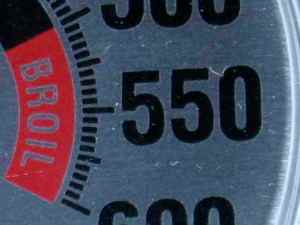
I found this interesting sounding pizza recipe in an issue of Saveur magazine. Since I absolutely loved cooking with squash blossoms, I therefore absolutely love this pizza! I’ve gone through an condensed the directions as well, making sure to get rid of all instances for silliness. If you’d like to check out the original recipe/directions, check it out at Saveur.com. This recipe, inspired by Pizzeria Mozza, yields a crisp, chewy crust. See Making and Baking the Pie for a sauce recipe and more tips for making pizza.
- 9 tbsp. extra-virgin olive oil, plus more for drizzling
- 1 tbsp. active dry yeast
- 1 tbsp. sugar
- 1 tsp. kosher salt, plus more to taste
- 6 cups flour
- 2 cups pizza sauce
- 60 squash blossoms, stemmed
- 1 lb. burrata (a sort-of mozzarella that must be eaten fresh)
1. In a bowl, combine 1 tbsp. oil, yeast, sugar, salt, and 2 cups 115˚ water; let sit until foamy, 10–12 minutes. Stir in flour to make a dough. Transfer dough to a floured surface; knead until smooth, 8–10 minutes. Quarter dough; roll each portion into a ball. Put balls on a floured baking sheet. Cover with plastic wrap; let sit in a warm place until soft and tripled in size, 2–3 hours. IF you’d like to have an even tastier dough, toss the dough in sealable containers, or plastic baggies, and let sit in the fridge for a day or two. When you are ready to bake, pull the dough out two hours before you want to eat to let it come back to room temperature.
2. Place a pizza stone on a rack in lower third of oven. Heat oven to as absolutely as hot as it will go for 1 hour. Stretch dough to a 10″ diameter. Cover dough with a tea towel; let rest for 15 minutes. Brush edges with 2 tbsp. oil. Season dough with salt. Spread 1⁄2 cup pizza sauce over dough, leaving a 1″ border. Arrange 15 squash blossoms over sauce in concentric circles. Transfer pizza to stone; bake until golden brown, 3-6 minutes. Remove pizza and top with spoonfuls of burrata; drizzle with olive oil. Repeat to make 4 pizzas.
MAKES FOUR 10″ PIZZAS


 This was too good to not pass on to you. It’s a
This was too good to not pass on to you. It’s a 


























